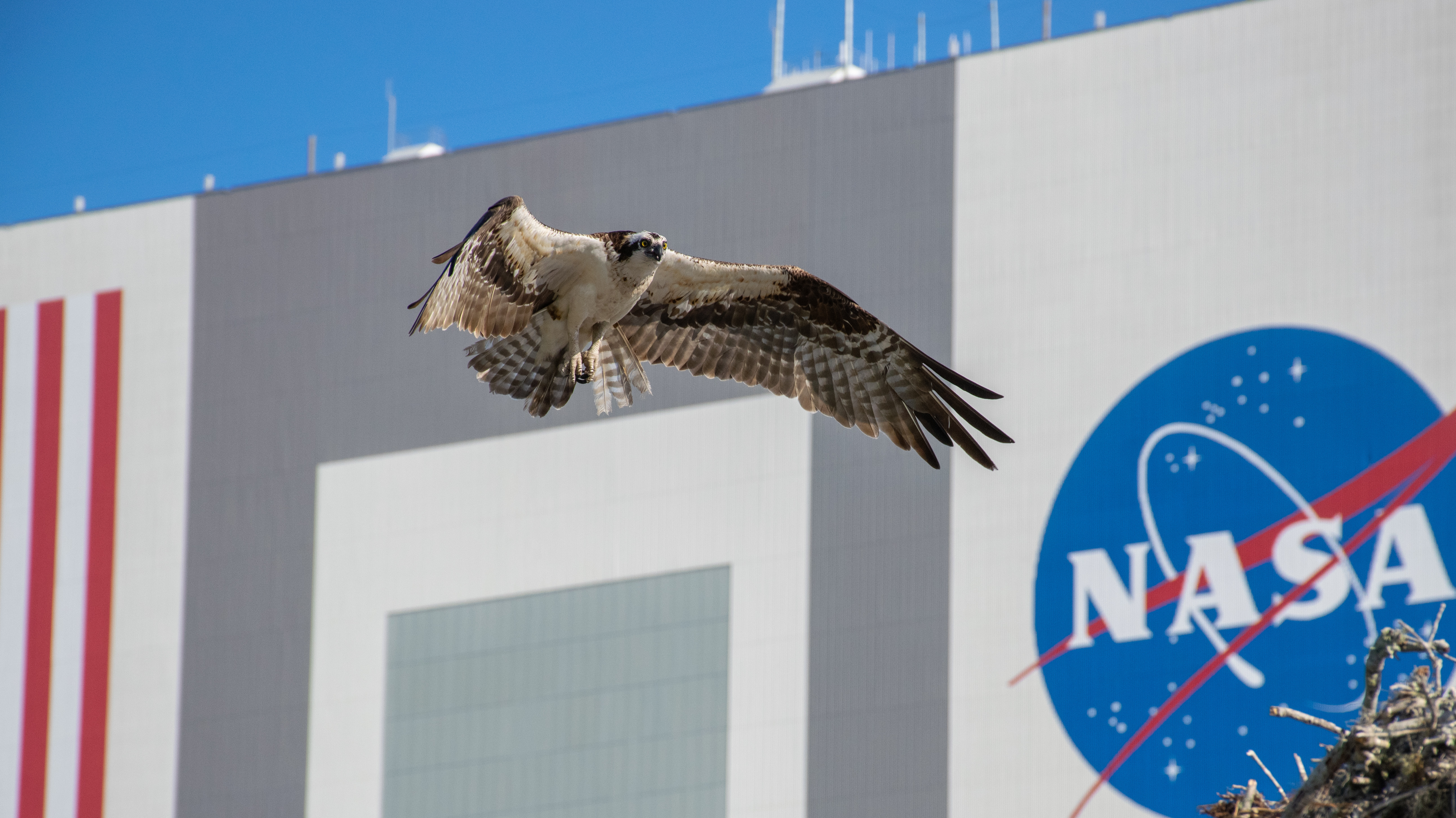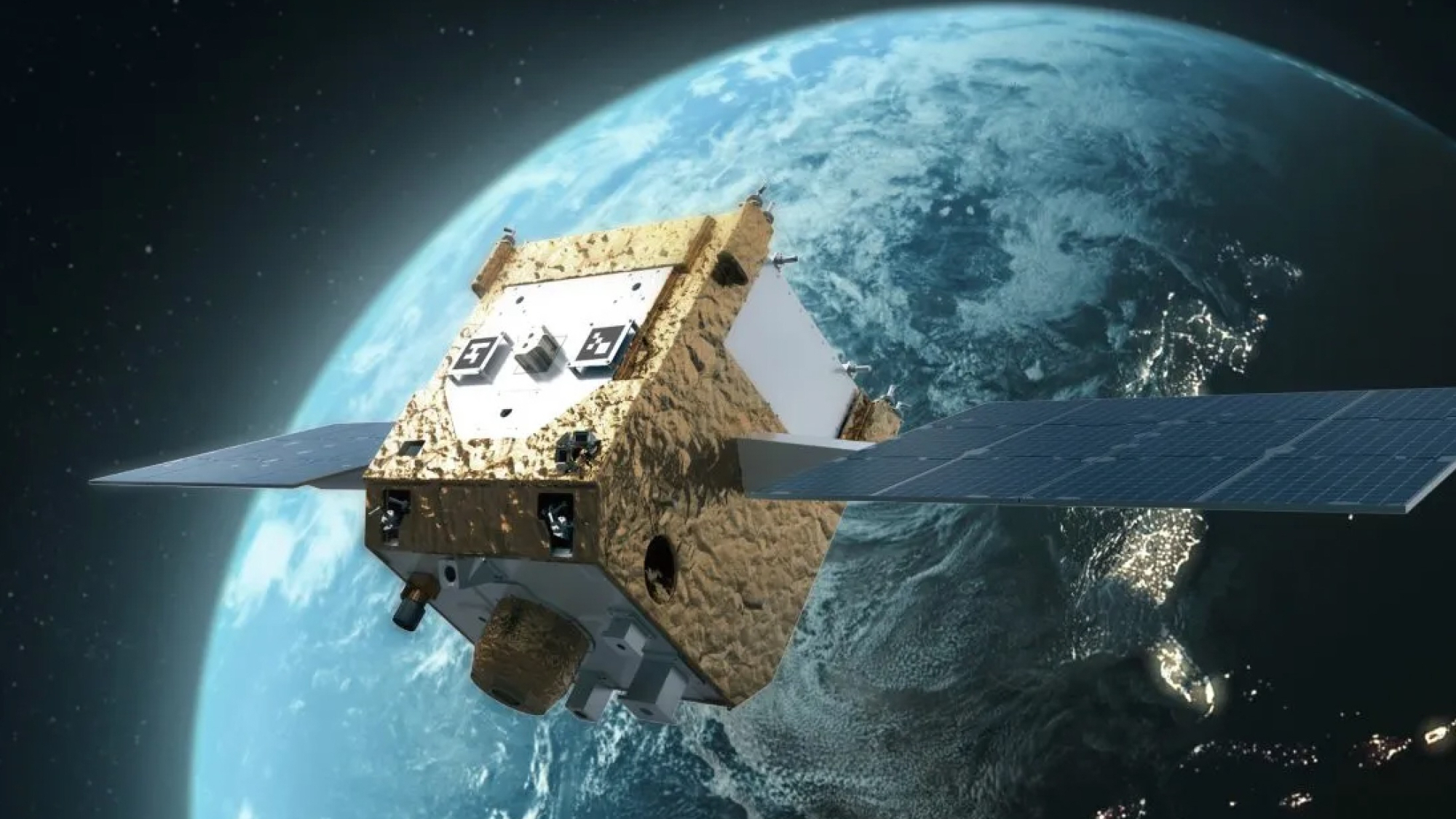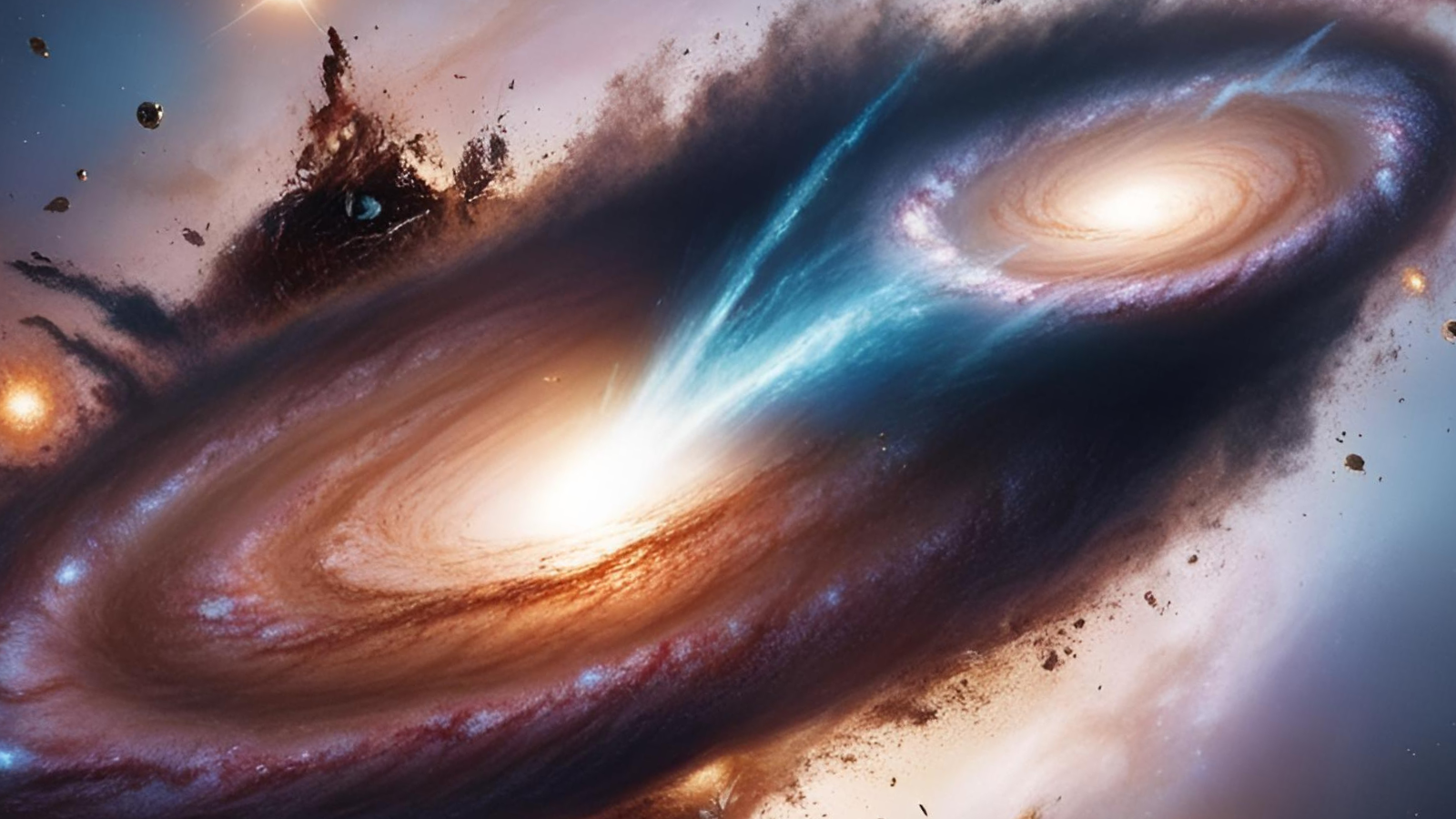New Horizons Pluto probe notches 3 new discoveries in outer solar system
New findings keep on coming from the mission's July 2015 Pluto flyby.
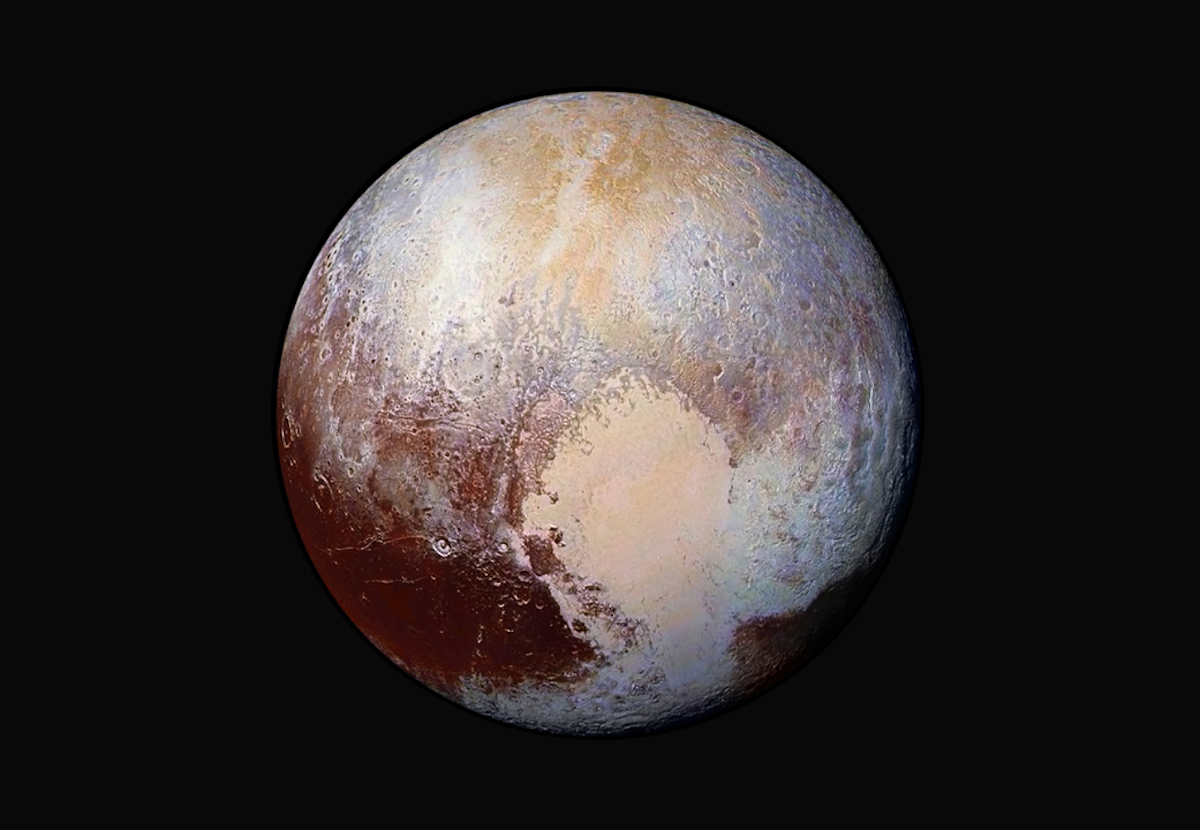
NASA's New Horizons probe flew by Pluto nearly eight years ago, but the epic encounter is still bearing scientific fruit.
New Horizons gave humanity its first up-close looks at Pluto on July 14, 2015, when the probe zoomed just 7,800 miles (12,500 kilometers) above the dwarf planet's frigid surface. The mission team is still analyzing the stockpile of data New Horizons gathered during the flyby — and still making intriguing discoveries, as new results show.
New Horizons researchers shared their latest findings on Tuesday (March 14) at the Lunar and Planetary Science Conference (LPSC) being held in Texas and virtually. Among the discoveries presented, one tied Pluto's puzzling flip to its ice-filled basin, another found interesting but puzzling landscapes on the dwarf planet's surface, and a third unveiled the building blocks that formed the snowman-like object Arrokoth, which New Horizons flew by on Jan. 1, 2019.
Related: NASA's New Horizons mission in pictures
Pluto's flip tied to Sputnik Planitia
While scientists know that Pluto, like Earth, flipped on its side sometime in its past, Pluto's orientation before the flip and the degree to which it reoriented itself has not been well understood. Scientists who use New Horizons data to study Pluto's geologic past hope to find clues that explain this event.
Now, a group of researchers has attributed Pluto's flip to the formation of Sputnik Planitia, a 620-mile-wide (1,000 km) basin that makes up half of the iconic heart-shaped region on Pluto. Researchers previously knew that Sputnik, which is filled with nitrogen ice, played a profound role in realigning the dwarf planet's surface.
Using images that New Horizons sent home from the 2015 flyby, they are now trying to trace the path of Pluto's flip. In doing so, they found parallel mountain ranges and deep valleys that form what they think is a global tectonic system. These features are more than 186 miles (300 km) wide and span a similar distance from Pluto's north pole.
Get the Space.com Newsletter
Breaking space news, the latest updates on rocket launches, skywatching events and more!
However, the fact that Pluto changed its orientation in the past reveals that none of the terrains scientists now see is in its original location.
"We can't really explain that in Pluto's current configuration," Oliver White, a New Horizons co-investigator at the SETI (Search for Extraterrestrial Intelligence) Institute in California, said during a presentation Tuesday at LPSC. Instead, these features likely existed along Pluto's equator early on and migrated to their current locations nearer the poles because of the flip, he said.
White's team also found that Pluto's subsurface ocean likely provided some push to Sputnik and helped shift a bulk of the dwarf planet's mass toward its equator.
Related: Why is Pluto not a planet?
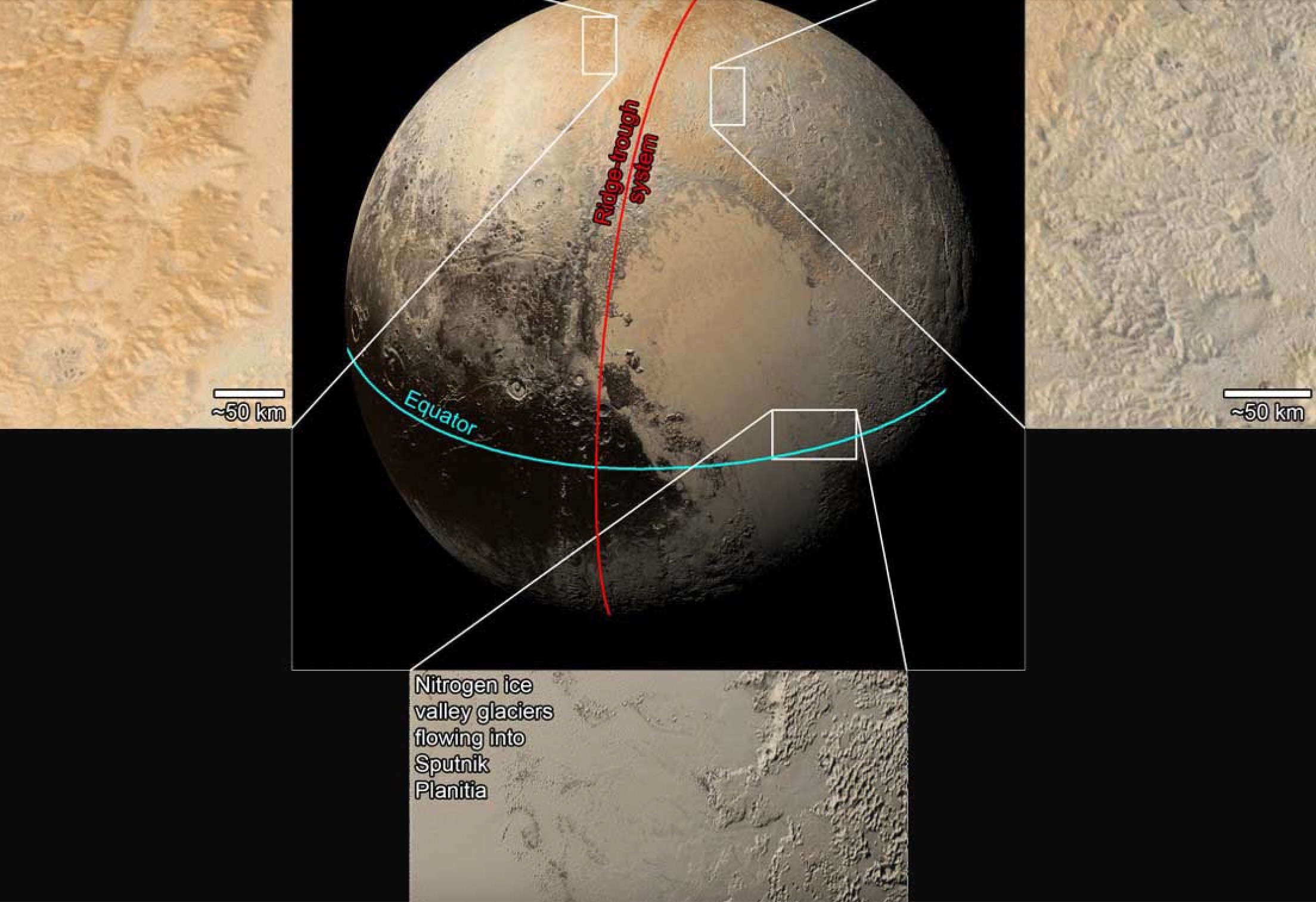
Massive knife-like methane ice deposits extend to Pluto's far side
In addition to helping scientists study ancient landscapes on Pluto, New Horizons data is providing clues about its more recent features.
The spacecraft had previously spotted massive methane deposits near Pluto's equator, many as tall as Earth's skyscrapers. Scientists announced Tuesday that they had a new line of evidence suggesting that these knife-like landforms also extend to the far side of Pluto — beyond what New Horizons was able to see during its 2015 flyby.
"The discovery of these features just adds to our understanding of the processes that shape Pluto and other icy planets in our solar system and highlights the complexity, dynamic nature and diversity of planetary surfaces like Pluto's," Ishan Mishra, a postdoctoral researcher at NASA's Jet Propulsion Laboratory in California, said in a statement.
On Earth, such pillars are called penitentes; they are made of water ice and stretch for just a few meters. On Pluto, however, these features primarily exist on the highest points on its surface and soar for hundreds of meters. At such heights, methane freezes out of Pluto's wispy atmosphere in cold weather and evaporates back into its gaseous state during warmer spells.
The team behind the latest study used images snapped by the Long Range Reconnaissance Imager (LORRI) onboard New Horizons, and studied how the light reflected from surfaces changes with different viewing angles.
Doing so, they found similar methane absorption features on the far side of Pluto, thanks to the surfaces being "rougher than average roughness of Pluto," Mishra said during his presentation. Such "bladed" terrains are likely one of the most common landforms on Pluto, he added.
Related: Far beyond Pluto: What's next for NASA's New Horizons probe?
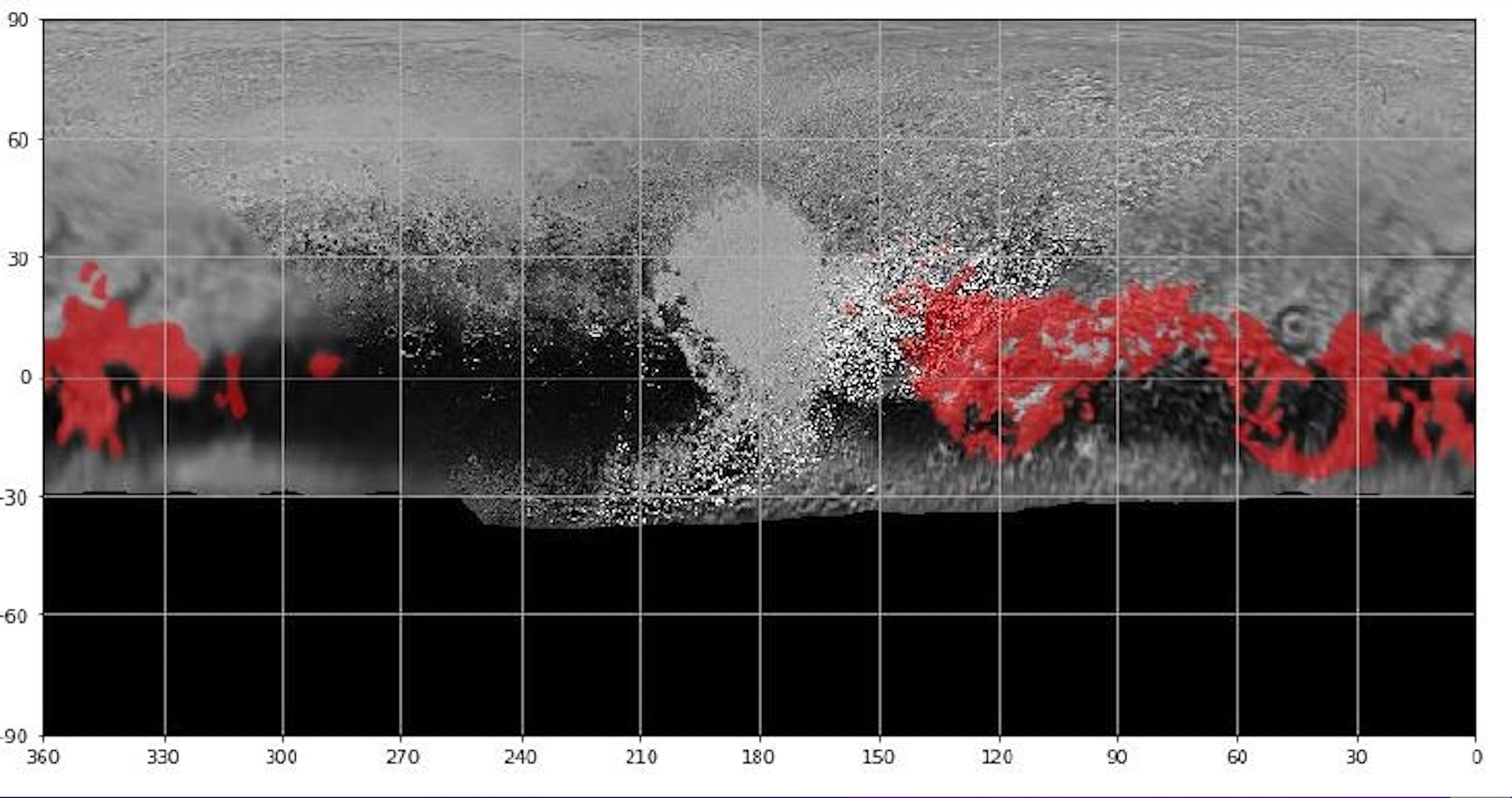
Piecing together Arrokoth's long-ago merger
On Jan. 1, 2019, New Horizons passed a small object in the Kuiper Belt called Arrokoth, which looks like a partially flattened snowman. Located 4 billion miles (6.6 billion km) from Earth, it became the farthest object ever explored by a spacecraft. It is also the most primitive, thanks to its distance from the sun that keeps in a "deep freeze."
Arrokoth is a gentle fusion of two objects that once orbited each other. The larger of the two lobes, called Wenu, is itself a pile of 12 rocks huddled around a bigger slab, scientists announced on Tuesday. The latest findings show that Wenu formed not as a whole, but by pieces of rock that already existed in the outer reaches of the solar system.
"This is surprising, and a new piece in the puzzle of how planetesimals — building blocks of the planets — like Arrokoth and other Kuiper Belt objects come together," New Horizons principal investigator Alan Stern, from the Southwest Research Institute in Colorado, said in a statement.
Early in the history of the solar system, millions of kilometer-sized icy objects made up a vast, donut-shaped region at its edge called the Kuiper Belt. A few of them amalgamated to form Wenu, Stern said, but these tiny objects did not merge at high speeds, which explains why Wenu is elongated the way it is. (When objects merge at high speeds, their spin throws away material, forming circular bodies.) Since the rocks have retained their shape even after merging, Stern's team estimates that they would have been traveling less than 1 meter per second when they coalesced.
Previous research showed that Wenu tidally interacted with the smaller of the two objects; both lost some angular momentum by ejecting material and eventually merged to form today's Arrokoth.
The individual rocks look like "Lego pieces" and have similar sizes, compositions and colors, all of which tell us "something very important about the formation of Arrokoth," Stern said during his presentation at the conference.
Stern's team found that each of Arrokoth's 12 rocks are more than 3 miles (5 km) wide. Given that Wenu is only 6 miles (10 km) thick, scientists think the 12 rocks clustered around Wenu's equator make up a bulk of its body and also extend to its far side, which wasn't seen by New Horizons.
Related: The icy 'space snowman' Arrokoth just got names for its best features
Looking inward: A unique view of Uranus and Neptune
Scientists also announced on Tuesday that future New Horizons observations will include clicking color images of both Uranus and Neptune. From its distinct vantage point in the Kuiper Belt, the spacecraft will be well placed for observations that "can only be done by a spacecraft far beyond Uranus and Neptune," said Stern.
Spacecraft within the solar system can only see light reflected from the ice giants inward, or from their sides facing Earth. New Horizons, though, will be able to collect data about the light scattered from the far sides of the planets.
Unlike the test images it clicked in 2019, future observations will be taken as the planets rotate, scientists announced on Tuesday. They say the new images, despite being low resolution that show the two ice giants no clearer than pale blue dots, will help researchers understand more about how cloud structures evolve on the two ice giants.
On June 1, 2022, scientists put New Horizons "to sleep" to save fuel, and the spacecraft woke up from its 10-month hibernation on March 1. From the third week of April, scientists expect the spacecraft to begin studying distant Kuiper Belt objects as well as the two outer gas giants.
The observations about Uranus and Neptune are "going to be very exciting when they do come along," said Will Grundy, a New Horizons co-investigator from Lowell Observatory in Arizona. New Horizons researchers will collaborate with those working with the Hubble Space Telescope, he added.
"The science return is better than either spacecraft can provide on its own," Grundy said in a statement. "It also sets the stage for observations of similar ice giant planets around other stars."
Follow Sharmila Kuthunur on Twitter @Sharmilakg. Follow us on Twitter @Spacedotcom or on Facebook.
Join our Space Forums to keep talking space on the latest missions, night sky and more! And if you have a news tip, correction or comment, let us know at: community@space.com.

Sharmila Kuthunur is a Seattle-based science journalist focusing on astronomy and space exploration. Her work has also appeared in Scientific American, Astronomy and Live Science, among other publications. She has earned a master's degree in journalism from Northeastern University in Boston. Follow her on BlueSky @skuthunur.bsky.social
-
Unclear Engineer ReplyJohn3905 said:Earth flipped on its side in the past? News to me!
https://www.businessinsider.com/earth-tipped-over-84-million-years-ago-study-2021-6




